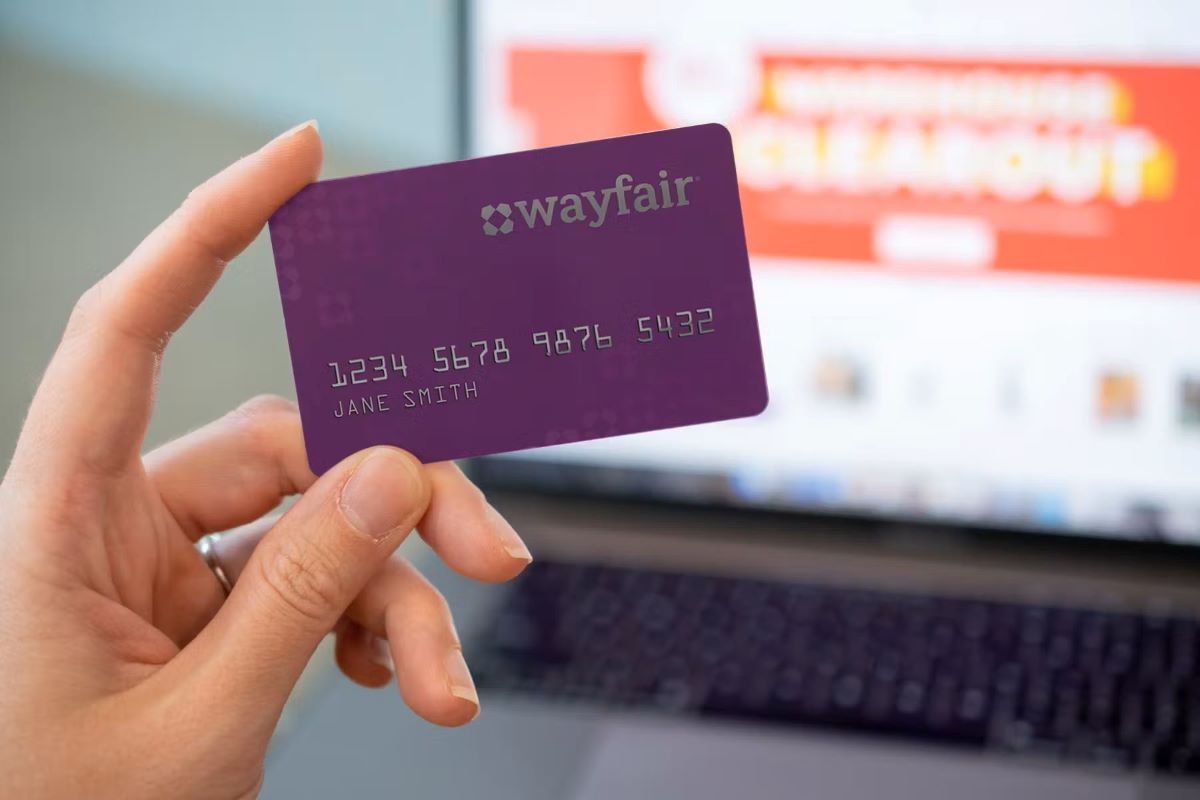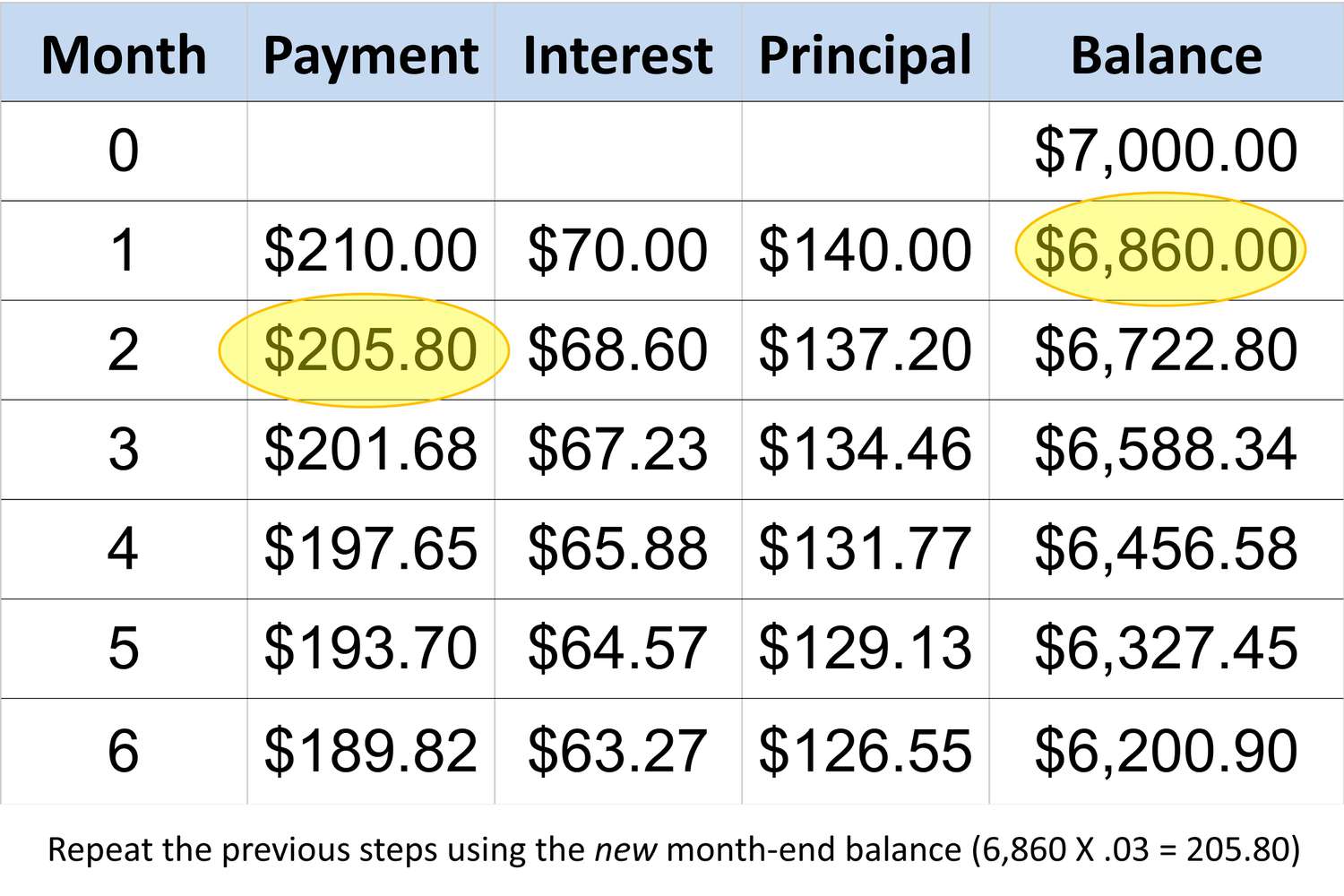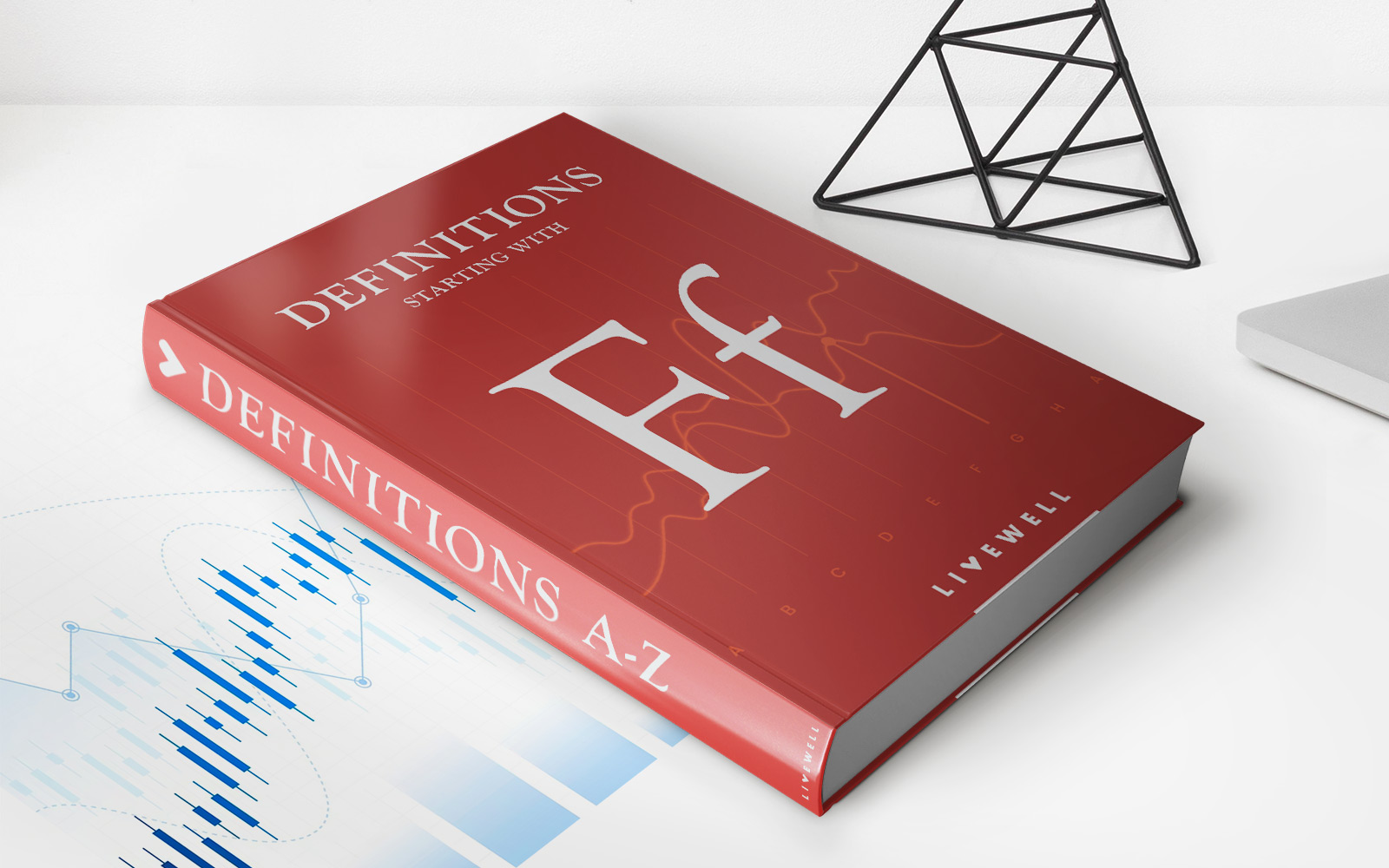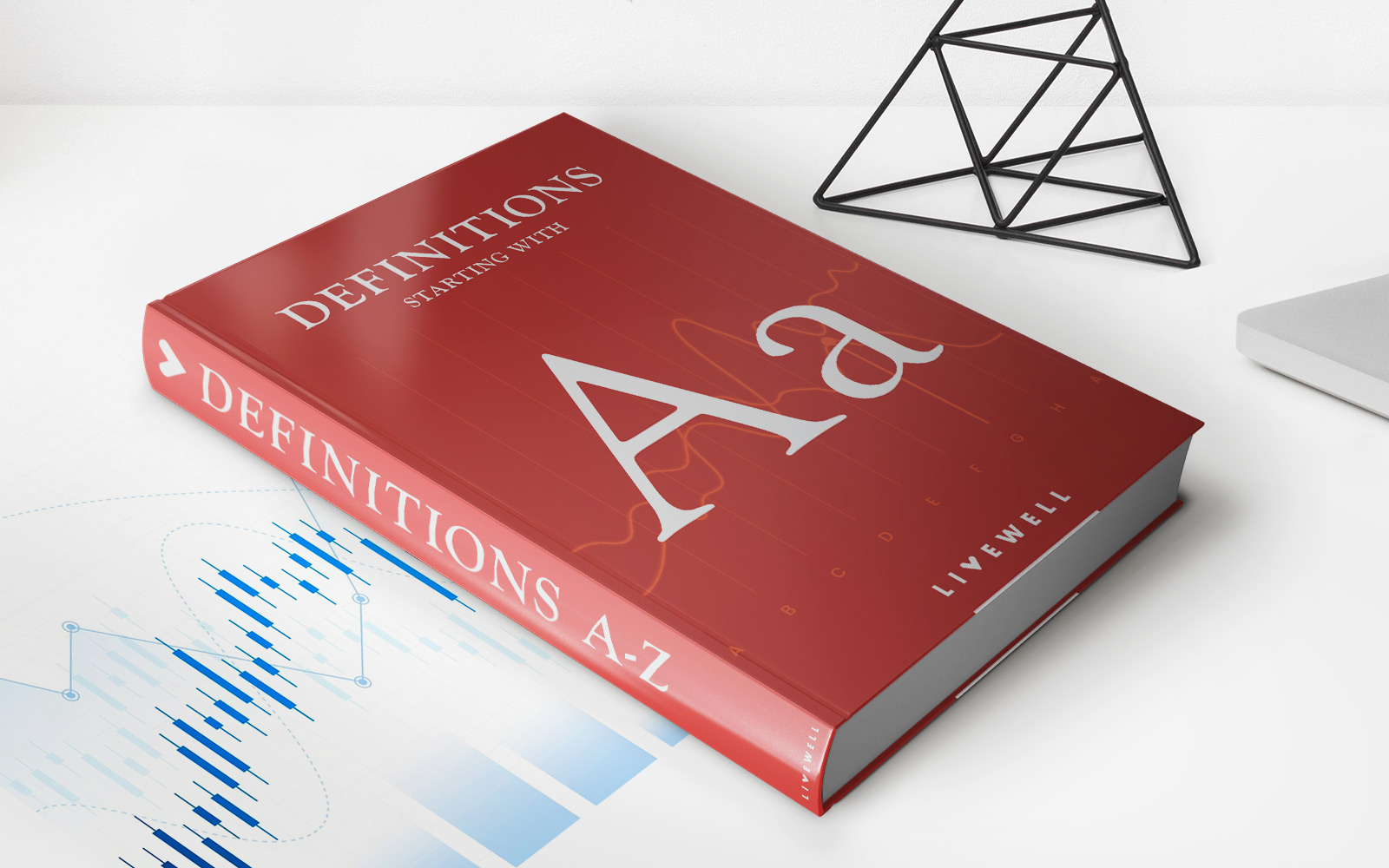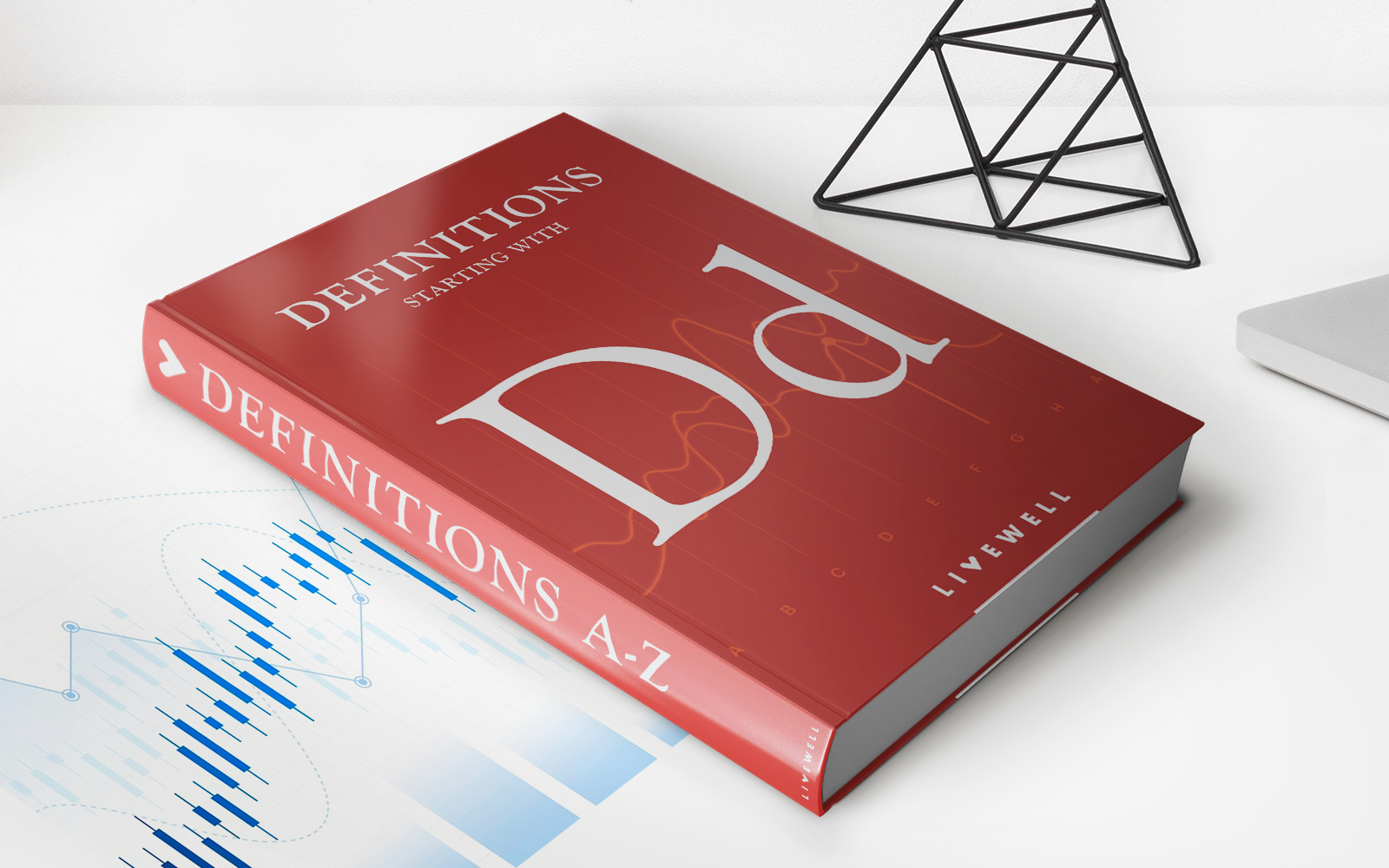Home>Finance>What Percentage Of The Balance Is The Minimum Payment On Discover


Finance
What Percentage Of The Balance Is The Minimum Payment On Discover
Published: February 26, 2024
Discover the calculation for minimum payments on your credit card balance. Learn how to manage your finances effectively and avoid unnecessary interest charges. Gain valuable insights on finance with our comprehensive guide.
(Many of the links in this article redirect to a specific reviewed product. Your purchase of these products through affiliate links helps to generate commission for LiveWell, at no extra cost. Learn more)
Table of Contents
**
Introduction
**
Paying off credit card balances can be a daunting task, especially when faced with the seemingly never-ending cycle of minimum payments. For Discover cardholders, understanding the percentage of the balance that constitutes the minimum payment is crucial for managing their finances effectively. In this article, we will delve into the intricacies of Discover's minimum payment policy, shedding light on the factors that influence this percentage and the importance of paying more than the minimum amount.
Discover, a prominent player in the credit card industry, offers a range of financial products to consumers, including cashback rewards, competitive interest rates, and valuable perks. However, the minimum payment requirement is a critical aspect that cardholders must comprehend to avoid falling into the trap of long-term debt accumulation.
By exploring the specifics of Discover's minimum payment structure, individuals can gain insight into how these payments are calculated and the implications of solely meeting the minimum requirement. Additionally, we will underscore the significance of exceeding the minimum payment to accelerate debt reduction and minimize interest expenses.
Join us on this enlightening journey as we unravel the mysteries behind Discover's minimum payment percentage, empowering cardholders to make informed financial decisions and embark on a path toward financial freedom.
**
Understanding Minimum Payments on Discover
**
Minimum payments on Discover credit cards represent the lowest amount that cardholders must pay by a specified due date to keep their accounts in good standing. This minimum payment is determined based on various factors, including the outstanding balance, accrued interest, and fees. While the specific percentage may vary, it typically ranges from 1% to 3% of the total balance, subject to a minimum dollar amount.
Understanding the composition of the minimum payment is essential for cardholders to grasp how their monthly obligations are calculated. It’s important to note that the minimum payment encompasses not only the principal balance but also the accrued interest and any applicable fees. As a result, failing to pay more than the minimum can lead to prolonged debt repayment and increased interest costs.
Discover provides detailed information on minimum payments in the cardholder agreement, enabling customers to comprehend the specific calculations and requirements. By familiarizing themselves with this information, cardholders can gain clarity on how their minimum payments are structured and the potential long-term implications of making only the minimum payment each month.
Moreover, understanding the minimum payment percentage empowers cardholders to make informed decisions regarding their financial management. By recognizing the impact of paying only the minimum, individuals can strategize and allocate resources to pay off their balances more efficiently, ultimately reducing the burden of debt and minimizing interest expenses.
Overall, comprehending the dynamics of minimum payments on Discover cards is pivotal for cardholders to navigate their financial responsibilities effectively and work toward achieving financial stability.
**
Factors Affecting Minimum Payments
**
The calculation of minimum payments on Discover cards is influenced by several key factors, each playing a significant role in determining the monthly obligation for cardholders. Understanding these factors is essential for individuals seeking to manage their credit card balances responsibly and mitigate the potential pitfalls of prolonged debt repayment.
1. Outstanding Balance: The total amount owed on the credit card, including both the principal balance and any outstanding interest or fees, directly impacts the minimum payment. A higher outstanding balance typically results in a larger minimum payment, as the percentage applied to the balance remains constant.
2. Annual Percentage Rate (APR): The APR, or the annual interest rate charged on the credit card balance, is a critical determinant of the minimum payment. Higher APRs lead to increased interest accrual, subsequently elevating the minimum payment amount required to cover both the principal and interest within a reasonable timeframe.
3. Accrued Interest and Fees: Any accumulated interest and fees from the previous billing cycle contribute to the minimum payment calculation. These additional charges augment the total amount owed, necessitating a higher minimum payment to address both the principal balance and the accrued interest and fees.
4. Minimum Payment Percentage: Discover applies a percentage-based approach to calculate the minimum payment, typically ranging from 1% to 3% of the total balance. This percentage, combined with the outstanding balance and accrued charges, determines the minimum amount that cardholders must pay each month.
5. Credit Card Terms and Conditions: The specific terms outlined in the credit card agreement, including the minimum payment requirements, play a pivotal role in shaping the minimum payment amount. Familiarizing oneself with the terms and conditions empowers cardholders to comprehend the factors influencing their minimum payments and take proactive steps to manage their financial obligations effectively.
By recognizing and analyzing these factors, cardholders can gain a comprehensive understanding of how minimum payments are calculated, enabling them to make informed financial decisions and adopt strategies to expedite debt repayment while minimizing interest costs.
**
Importance of Paying More Than the Minimum
**
While meeting the minimum payment requirement on a Discover credit card is essential to avoid late fees and maintain a positive payment history, it is equally crucial for cardholders to recognize the significance of paying more than the minimum amount each month. By surpassing the minimum payment, individuals can unlock a multitude of benefits that contribute to financial well-being and accelerated debt reduction.
1. Faster Debt Repayment: Paying more than the minimum allows cardholders to expedite the repayment of their outstanding balances. By allocating additional funds toward the principal amount, individuals can reduce the overall debt at a quicker pace, ultimately freeing themselves from the burden of long-term financial obligations.
2. Interest Savings: Exceeding the minimum payment translates to substantial interest savings over time. Since interest accrues on the remaining balance, making larger payments diminishes the principal amount, thereby reducing the interest that accumulates in subsequent billing cycles. This proactive approach can lead to significant long-term savings on interest expenses.
3. Improved Credit Score: Consistently paying more than the minimum demonstrates responsible financial behavior and commitment to debt management. This positive payment pattern can enhance the individual’s credit score over time, reflecting favorably on their creditworthiness and opening doors to favorable lending terms and opportunities in the future.
4. Financial Freedom: By paying more than the minimum, cardholders can expedite their journey toward financial freedom. Eliminating debt at a faster pace affords individuals the freedom to allocate their resources toward savings, investments, and other financial goals, fostering a more secure and stable financial future.
5. Reduced Stress and Anxiety: Carrying substantial credit card debt can contribute to stress and anxiety about financial stability. By paying more than the minimum and making significant progress in reducing their balances, individuals can experience a sense of relief and empowerment, alleviating the emotional burden associated with debt.
Overall, recognizing the importance of paying more than the minimum on Discover credit cards empowers individuals to take control of their financial destinies, break free from the cycle of debt, and pave the way toward a brighter and more secure financial future.
**
Conclusion
**
Understanding the intricacies of minimum payments on Discover credit cards is paramount for cardholders striving to manage their finances effectively and embark on a journey toward debt freedom. By comprehending the factors influencing minimum payments, individuals can make informed decisions and implement strategies to expedite debt repayment while minimizing interest expenses.
While the minimum payment represents the bare minimum required to maintain account status and avoid late fees, paying more than the minimum yields a myriad of benefits. From faster debt repayment and interest savings to improved credit scores and enhanced financial freedom, exceeding the minimum payment empowers cardholders to take control of their financial destinies and achieve long-term stability.
As individuals navigate their financial obligations, it is imperative to prioritize proactive debt management and responsible financial behavior. By embracing the importance of paying more than the minimum, cardholders can pave the way toward a brighter and more secure financial future, unencumbered by the weight of long-term debt.
In essence, the journey toward financial freedom begins with a deep understanding of minimum payments, a commitment to prudent financial management, and the proactive pursuit of debt reduction. Armed with knowledge and empowered by sound financial practices, Discover cardholders can chart a course toward lasting financial well-being and embrace the promise of a debt-free future.




